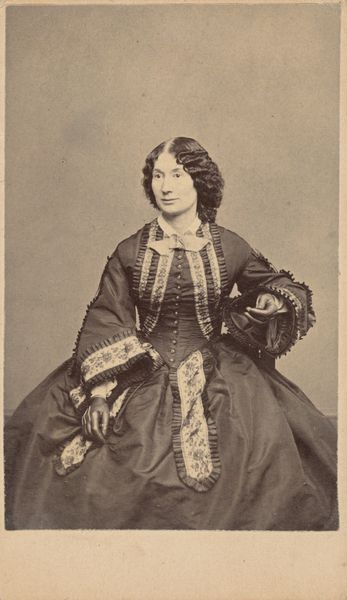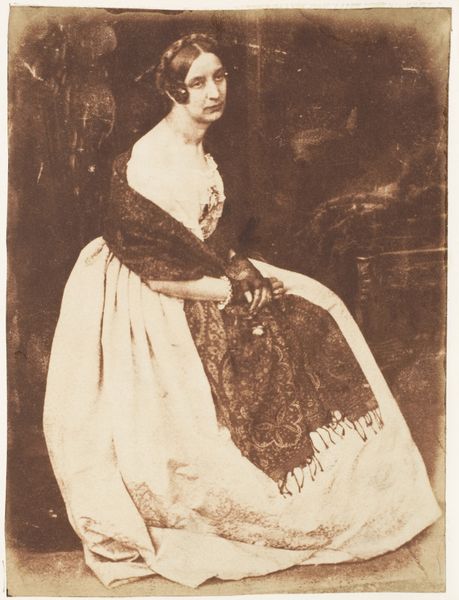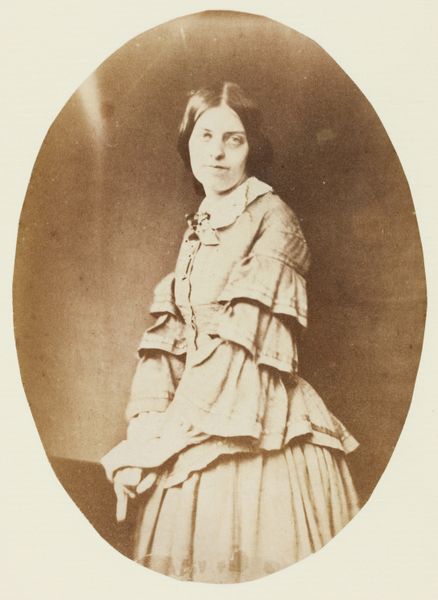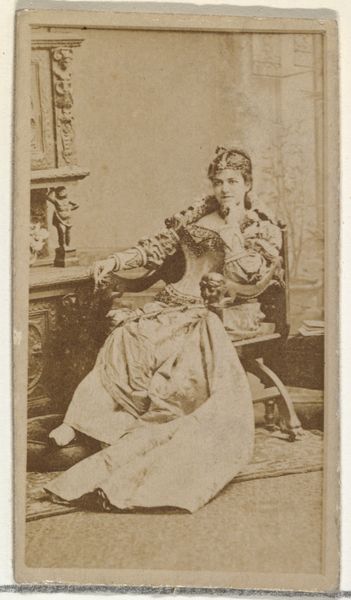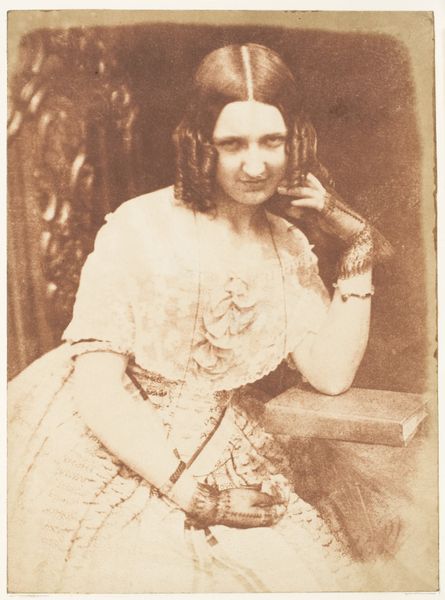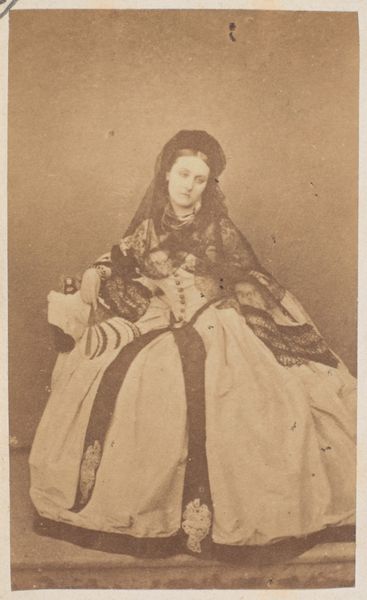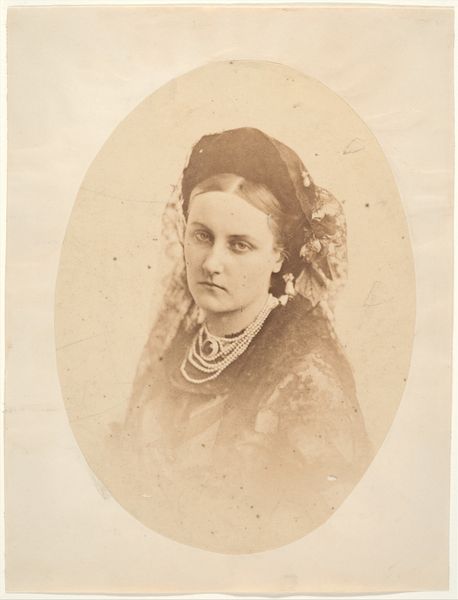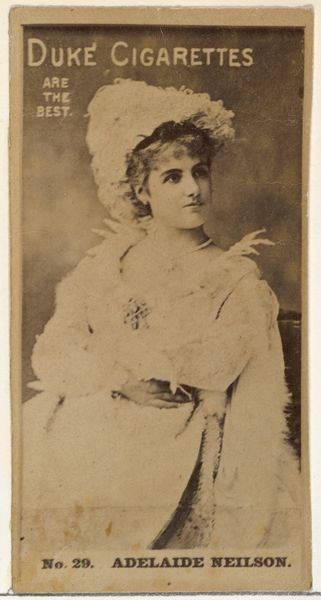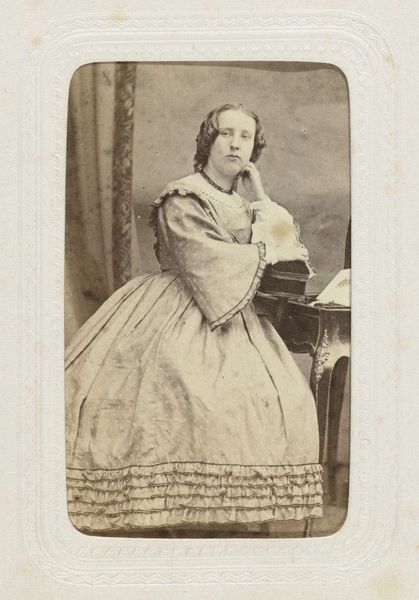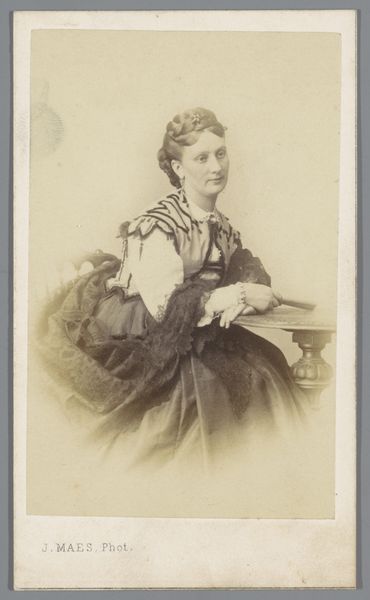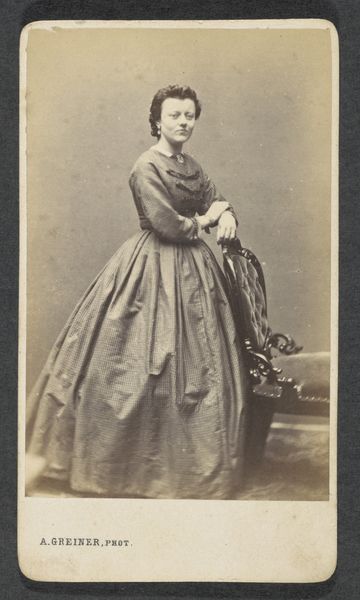
daguerreotype, photography
#
portrait
#
still-life-photography
#
daguerreotype
#
photography
#
realism
Copyright: Public Domain
This portrait of an unidentified woman was made between 1843 and 1848 by Hill and Adamson using the calotype process, an early photographic technique. The calotype was revolutionary because it allowed for multiple prints to be made from a single paper negative. This contrasts with the daguerreotype, which produced a unique, one-off image on a silvered copper plate. Notice the soft focus and textured quality of the print, inherent characteristics of the calotype process. These imperfections, resulting from the paper's fibers and the hand-coating of chemicals, lend the image an almost painterly quality. Hill and Adamson’s choice of the calotype, with its relative ease of reproduction, aligns with the burgeoning era of mass production. Photography democratized portraiture, making it more accessible beyond the elite. It also created new opportunities for image-making as a profession, separate from the traditions of painting. So, think of this image not just as a portrait, but as a product of its time, reflecting changing technologies and social structures.
Comments
No comments
Be the first to comment and join the conversation on the ultimate creative platform.
